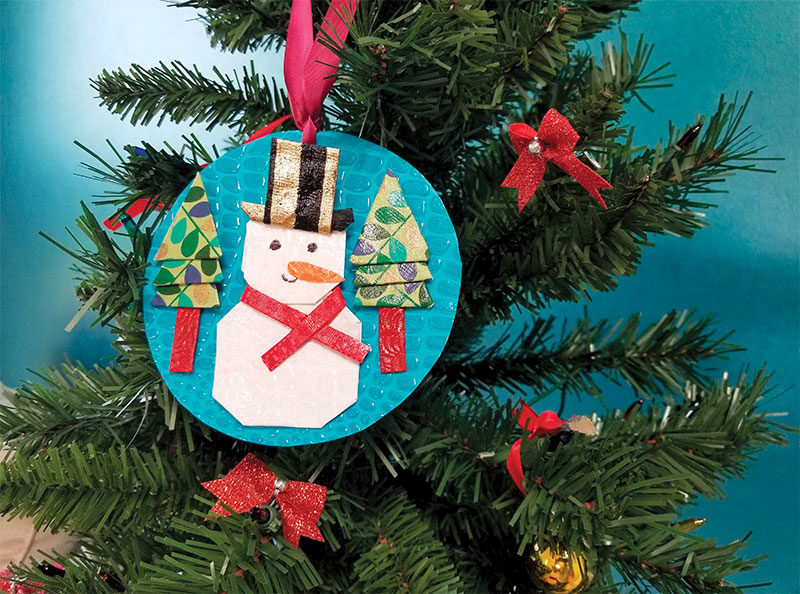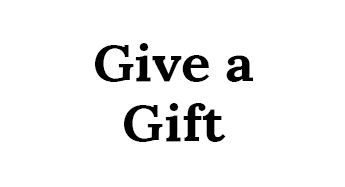Like a lot of 10 year olds, Kedar Narayan enjoys playing basketball, soccer and video games. He loves all animals except mosquitoes (it is difficult to appreciate a blood-sucking, disease-carrying annoyance, after all). But, unlike a lot of 10 year olds, Kedar can rattle off a dizzying array of facts and figures related to science, math, pollinators and the ins and outs of running a small business. His savviness and curiosity about the world around him serve him well, because this is a young man who's comfortable articulating a big goal: “To educate people and save the planet.” And he's going about reaching that ambitious objective through a mix of intellect, education and, yes, even origami.
But, about five years ago, before he set his sights on the very grownup task of rescuing Mother Earth from those who are oblivious to the intricate balance of her ecosystem, Kedar was dealing with a typical vexation of modern-day childhood: a busted video game console. His mother, Anita, a computer scientist, suggested that rather than lament his misfortune, he learn how to make his own games. A hefty assignment, perhaps, for an average kindergartner, but Anita had every reason to believe young Kedar was up to the task. By the time he was four years old, Anita says, Kedar, who is homeschooled, was already solving intricate puzzles and reading at a first-grade level and beyond. “He is an extremely strong-willed kid. He can take the material and go with it,” she says. But this young scholar does have an Achilles heel: world history. “I love [all subjects] except history,” he says. “It's so boring to have to remember the dates all of the time!”
But math is a different story. “He was doing two- and three-digit addition in his head at five years old,” Anita explains. Even now, Kedar can't get enough of quadratic equations and their brain-teasing cousins. “I want to learn calculus this year,” he says. “I'm already loving algebra.” And so it probably came as no surprise to Anita and Kedar's father, Kartik, a vaccine maker for Swiftwater's Sanofi Pasteur, that Kedar took to coding and programming like, well, a bee to honey (his nickname is “Little Code Ninja”). But he wasn't content to simply beef up his own brainpower; he wanted to share what he learned with others, so he created a 3D board game—Storibot—designed to help visually impaired children learn how to code. His invention earned him accolades at the Chicago Toy and Game Fair, as well as the National Invention Convention and Entrepreneurship Expo at the U.S. Patent and Trademark Office.

At the root of his next passion project would be another simple joy of childhood—digging around in the dirt. Anita and Kedar were looking for a new summertime hobby, and settled on gardening. But dumping a couple of packets of seeds into the earth at their Nazareth-area home and calling it a day just wouldn't do. They looked into courses on pollinator gardening at Penn State Extension, and wondered why the program wasn't more popular with the masses. “A lot of people didn't know what pollinators are and what they're doing,” Kedar says. Initially, he admits, he himself was in the dark about how vital they are to the environment. But the more he learned, the more the topic piqued his curiosity—and his concern. “A lot of native bees are threatened or endangered,” he says. “Some are even extinct.” Kedar is quick to point out, though, that bees don't own exclusive rights to wear the pollinator crown—far from it. Hummingbirds, beetles, wasps, bats and even the wind can take up the task of transferring pollen—it's just that bees are his favorite. “They're cuter, they're smarter and, to me, they're more advanced,” he explains. “They're good at teamwork.”
And in some cases they're also incredibly efficient. According to Kedar, it would take only 250 Blue Orchard Mason Bees, which are native to North America, to pollinate one acre of apple trees, whereas anywhere from 10,000 to 250,000 honey bees would be needed to complete the same job. Not that he's playing favorites, though—preserving all pollinators became his mission, and the driving force behind the creation last year of his very own app, called Pollinator for a Pet. It covers all of the categories necessary to pollinator survival: food, water, shelter and safety. The app earned Kedar a first-place victory in his age group in the Paradigm Challenge, a contest sponsored by Project Paradigm, a private foundation that aims to inspire inventors to use their brainpower to take on the biggest problems facing the world today. But the bigger prize, Kedar might argue, was spreading awareness of his vocation. He bemoans the fact that many of his peers can't be bothered to invest much effort in improving their own little corner of Mother Earth. “I want the younger generation to care about the environment,” he says.

Just in case the app doesn't do the trick, the family recently upped the ante with the founding of an online, DIY craft company, Heart for Wildlife. It's a mash-up of two of Kedar's favorite things—wildlife and origami—and a tangible representation of what makes the mother-son duo tick. “We think of something we want to show people, and we think of how we can make that into origami,” explains Kedar. And like the habits of the bees that Kedar loves so much, getting the company off the ground has been, at times, an exercise in cooperation. “We're a team,” Kedar says. “We're not chatterboxes that always fight each other. We help each other along the way.”
This winter, they've branched out from butterfly brooches to a special Christmas kit that allows the crafter to fashion five different ornaments to hang on the tree. “Christmas is about family time,” says Kedar. “Our kit is good for a family project.” But Kedar is quick to point out that Christmas can also be a wasteful time—think discarded trees tossed out on the curb on December 26, and a mountain of crumbled wrapping paper collecting space in the local landfill. That's why all kits ordered from Heart for Wildlife are made from paper that's fashioned from recycled T-shirts, not trees. And there's no plastic to be found on any of the pieces. And if that's not enough to cement the company's status as environmentally friendly, consider this: The family is donating 10 percent of its earnings to the National Wildlife Federation. Their goal is to raise $5,000 by the end of the year. Kedar has already calculated how many units he needs to move to reach the finish line.
Anita, who also has a toddler son to care for, says their enterprise, while small, is demanding. “It's massive amounts of work and not much sleep,” she says. But the changes she sees in Kedar make the long hours worthwhile. “I'm surprised at how independent he is and how much he's learning.” Anita also points out that Kedar is laying down a strong foundation for whatever endeavors capture his attention later in life. “He can see how hard it is to make a living, and see how he can make a difference,” she explains. “You don't have to be 20 or 30 years old to share your passion with the world.” And perhaps Kedar is one of the lucky few who have been fortunate enough to stumble upon his calling before he's old enough to go to a PG-13 movie, sans parents. “I love my work,” he says. “I say that 200 times a day.”















